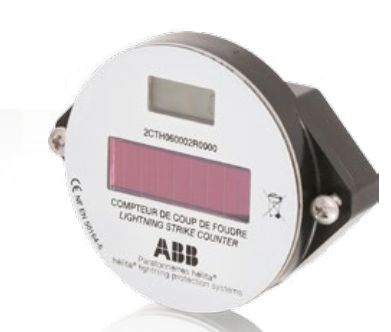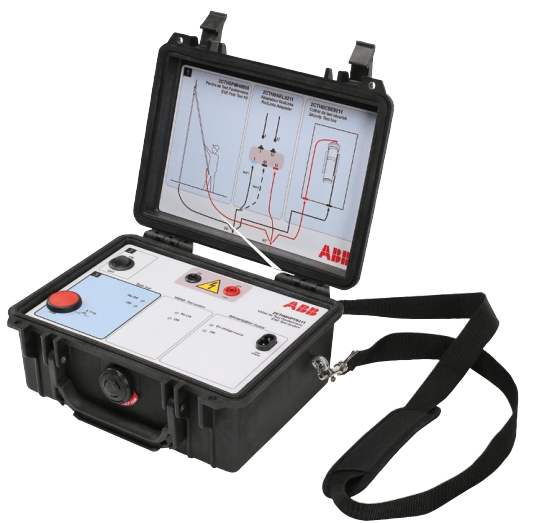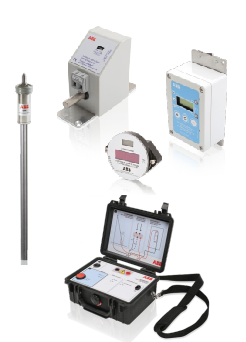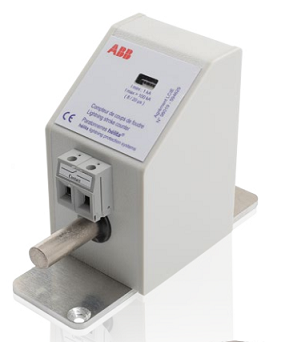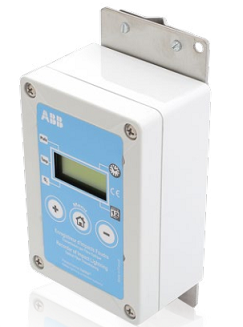OPR lightning protection systems
Brand
FURSE
Technical Specification
The radius of protection Rp of an OPR is given by French standard NF C 17-102 (September 2011 edition).
It depends on the ESEAT efficiency ∆T of the OPR measured in the high voltage laboratory, on the levels of protection I, II, III or IV calculated according to the lightning risk assessment guides or standards (NF C 17-102 annex A or IEC 62305-2, guides UTE C 17-100-2 or UTE C 17-108) and on the height h of the lightning air terminal over the area to be protected (minimum height = 2 m).
The protection radius is calculated according to Annex C in French standard NF C 17-102. For OPR 60, limiting the value of ∆T used in the protection radius calculations to 60 µs (limited 60 µs in accordance with the paragraph 5.2.2 of the NF C 17-102 standard).
Overview & Usage
The early streamer emission (ESE) concept
During a storm, when propagation field conditions are favorable, an OPR ESE air terminal will generate an upward leader. This upward leader from the OPR tip propagates towards the downward leader from the cloud at an average speed of 1 m/µs.
The emission of an early streamer to a lightning event delivers a beneficial triggering time compared to a single rod air terminal exposed to the same conditions. This, in turn, drives the enhanced performance and protective distance achievable by ESE devices.
The beneficial triggering time is determined as the average time gained at the moment of sparkover, with efficiency confirmed by high-voltage laboratory testing. All ESE tests are defined in Annex C of the French standard NF C 17-102 (2011 Version).
This beneficial triggering makes OPR air terminals especially effective for the protection of industrial sites, administrative or public buildings, monuments and open-air sites such as sports grounds.

